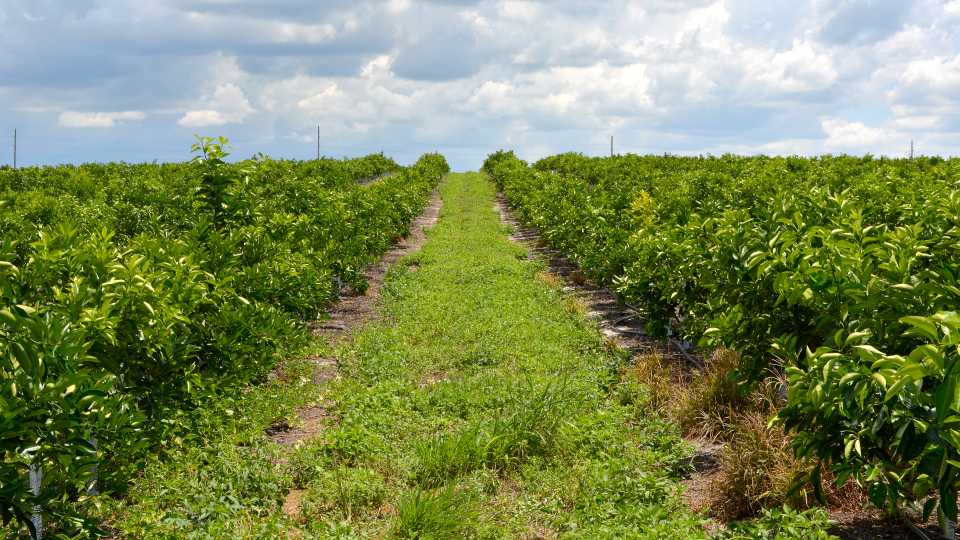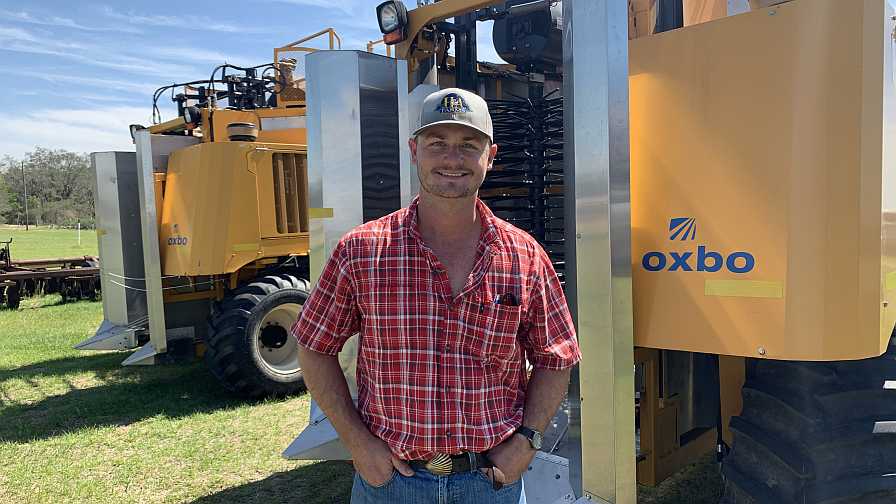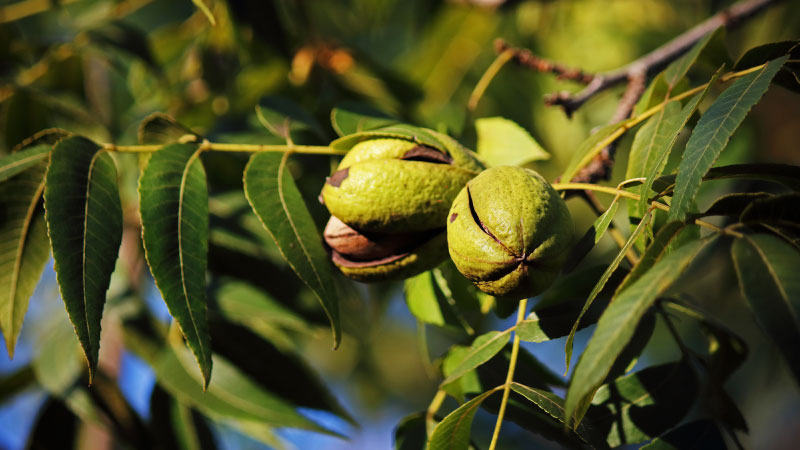Agricultural Machines Evolving to Provide New Solutions
They say “Necessity is the mother of invention.” This well-known quote has no identified author, but variations of the saying date back to the 16th century. Even Plato’s “The Republic” noted: “Our need will be the real creator.”
Those sentiments are every bit as true today as they were way back then. It has been most visible recently in the warp-speed development of vaccines to fight the COVID-19 pandemic. But it happens in every industry and sector all the time. New problems need new solutions. And new solutions create new channels for new inventions.
Nowhere has this been more apparent than in agriculture.
Throughout the ages, we have moved from hunter-gatherers to cultivators of wild plants and animal species. In the modern era, mechanization has allowed less than 1% of the population to feed our nation and others around world. That trend continues today, and automation and technology are taking the driver’s seat as farmers seek to become more efficient by developing new production practices and addressing new challenges.

A portion of an experimental 908 tree-per-acre citrus grove in Lake Placid, FL, will be picked with an over-the-top mechanical harvester this spring. Photo by Frank Giles
Solve My Problem
If you ask any specialty crop grower to name one of his or her biggest challenges, most will reply labor supply and uncertainty. That problem has been exacerbated by COVID-19. This is calling for innovation from the industry and growers, which often comes in the form of collaborative efforts.
One such effort might bear fruit this spring when a super-high-density citrus planting will be harvested mechanically for the first time. Florida Grower® magazine featured the planting last fall. Horace Durrance planted a 14-acre experimental block on his Lost Lake Groves property near Lake Placid, FL. The density of the planting is 908 trees per acre. Durrance is working closely with Dr. Clay Pederson, Managing Director of Agromillora Florida, who grew the nursery trees for the planting.
In addition to faster growth and higher production, the major benefit of the planting will be the ability to harvest the oranges mechanically. The trees have been managed and groomed much like an apple crop, so fruit will be exposed for easy harvest.
“We expect the first commercial harvest will happen this spring at Lost Lake,” Pederson says. “We will be harvesting a portion of the crop with an over-the-row machine (like an Oxbo 6430) similar to those used for olive harvest.”
This type of harvest has been done with success in Spain, with 90% to 95% harvest efficiency depending on the age and size of trees — with light damage to fruit and trees — cutting labor costs drastically.
“Growers want to pick 100% of the fruit,” Pederson says. “But, if you are mechanically harvesting, you can leave a percentage on the tree and it still makes more economic sense.”

Kyle Hill of Southern Hill Farms in Clermont, FL, will utilize six Oxbo over-the-top harvesters next season in his custom blueberry harvest business. Last season, the business harvest more than a million pounds of berries. Photo by Frank Giles
Customization
Over-the-row harvesters are finding uses in other crops where labor is an issue and the cost of business needs to be reduced. Blueberry growers see mechanical harvest as an essential element of their future viability. The state’s breeding program focuses on machine-harvest friendly varieties, and growers are turning to technology to cut their biggest crop expense — hand labor.
Kyle Hill, from Southern Hill Farms, launched a custom mechanical harvest business where he utilizes Oxbo 8000 machines for the job. In his first season offering the service, about 800,000 pounds of blueberries were harvested. Demand for the service has grown rapidly since.
Last season, Hill’s service harvested more than a million pounds of blueberries using five Oxbo harvesters. This coming season, six machines will be in service.
“There was a time when growers moved to mechanical harvest after the blueberry price fell below a certain level,” Hill says. “Now there are more growers moving in the direction of dedicating a certain percentage of their crop to mechanical harvest regardless of what the price is.”
On the strawberry front, Plant City, FL-based Harvest CROO Robotics continues to develop its autonomous strawberry harvester. The current version, B7, looks a lot different than the original.
“The latest iteration of the robot offers automated strawberry inspection and on-board clamshell packaging,” says Bob Pitzer, Chief Technical Officer and Chief Engineer for the company.

The B7 version of the Harvest CROO Robotics strawberry harvesting robot will be in fields for commercial harvest this season.
Photo courtesy of Harvest CROO Robotics
The machine entered on-farm trials in December and is in the field for commercial picking operations this month. The company’s goal is for one robot to harvest 8 acres of strawberries in a day, replacing the need for 30 people performing hand labor.
What about a swarm of robot sprayers? That’s already here. The Global Unmanned Sprayer System is currently in operation in Florida citrus groves and is well established in California almond orchards.
The technology, which aims to address the lack of labor and tractor-driver shortages, allows one person to operate eight GUSS sprayers at once from a laptop. Each machine can be directed autonomously by the operator for speed and material flow rates.
“GUSS is very precise in its application,” says Gary Thompson, the company’s Chief Operating Officer. “Groves are mapped, and the machine knows exactly when and where to turn on and off sprays at row ends. They don’t get tired and make mistakes like what can happen with human operators. In addition, it adds another layer of safety, removing humans further away from the actual application of the chemicals. That’s becoming more and more important.”
Thompson adds that mechanically, GUSS is much like any traditional sprayer, but it’s the brains and the software that make the machine special. Everglades Equipment Group recently signed on to be the distributor of the robot in Florida.
Adjusting to Production Practices
Equipment also evolves as growers change their production practices. This has been the case with citrus and HLB. To get trees into faster commercial production, many growers have increased the density of their plantings. This means more trees and narrower rows in groves. In some cases, rows can be only 8 feet to 10 feet across. So equipment makers are downsizing to fit the space.
Punta Gorda, FL-based SuperTrak is well known for its Chopzilla hedger machine for citrus tree grooming. The company has designed a version of the machine for use in narrow-row settings.
“With our Chopzilla Trimmer, we can side shift and tilt the boom from a 90-degree angle to top and hedge with a clean saw cut,” says Dave Evans, SuperTrak General Manager. “The adjustable speed of booms allows us to maintain efficiency for all types of woody species limbs from 2 inches to 4 inches. A standard 7-foot cut path and now 9-foot cut path are easily achieved with the rotational boom for a cleaner saw cut.”
The machine can be mounted on skid steers or tractors. It also has applications in blueberry, apple, avocado, star fruit, and pecan crops.










